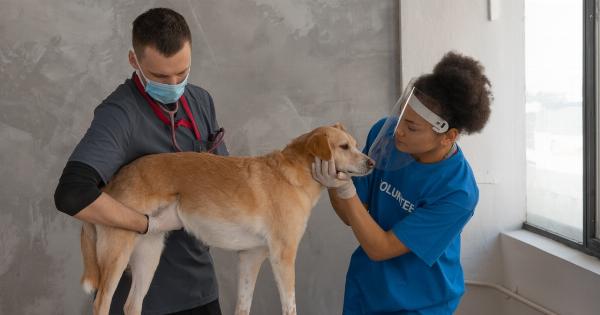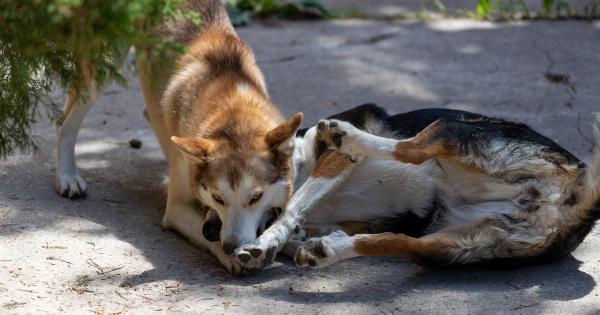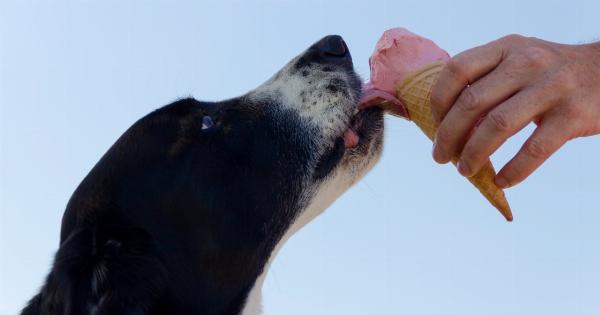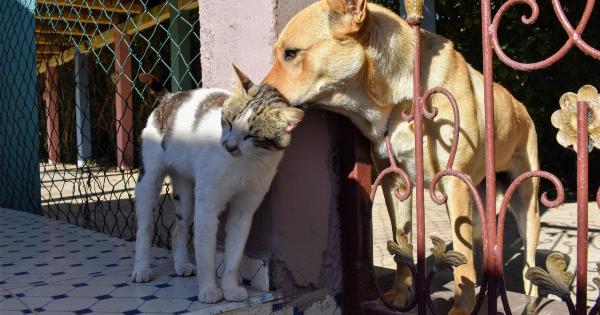When it comes to our beloved furry friends, dogs and cats instantly come to mind. They are not only adorable but also provide companionship and unconditional love.
However, it’s important to remember that even the friendliest dogs and cats have the potential to bite. Millions of people worldwide are bitten by dogs and cats each year. To ensure your safety and prevent potential bites, it is crucial to understand the causes, recognize warning signs, and learn how to properly interact with these animals.
The Causes of Dog and Cat Bites
Understanding the common causes of dog and cat bites is the first step towards prevention. Here are a few factors that can contribute to such incidents:.
- Provocation: Dogs and cats are more likely to bite when they are provoked or feel threatened. Pulling their tail, tugging on their fur, or cornering them can lead to a defensive bite.
- Mistreatment: Animals that have been mistreated or abused in the past may resort to biting as a form of self-defense.
- Territorial behavior: Dogs and cats are naturally territorial animals. They may perceive anyone invading their territory, like a stranger or another pet, as a threat, which can result in aggressive behavior.
- Fear and anxiety: Dogs and cats may bite when they feel scared or anxious. It’s crucial to understand their body language and respect their boundaries.
- Protecting their young: Mother dogs and cats are highly protective of their offspring. Approaching them or their babies too closely can trigger a defensive bite.
Recognizing Warning Signs
Being able to identify warning signs of potential aggression in dogs and cats can help you avoid being bitten. Look out for the following signals:.
Dog Warning Signs:
- Stiff body posture
- Growling or snarling
- Bared teeth
- Direct eye contact
- Tail held high or wagging stiffly
Cat Warning Signs:
- Ears pinned back
- Tail twitching rapidly
- Hissing or spitting
- Arched back
- Dilated pupils
If you notice any of these warning signs, it’s important to give the animal space and avoid escalating the situation further.
Proper Interaction with Dogs and Cats
Following some fundamental guidelines can significantly reduce the risk of dog and cat bites:.
For Dogs:
- Always ask for permission: Approach a dog only if the owner grants permission. Some dogs may not react positively to unfamiliar individuals.
- Let them sniff you first: Offer the back of your closed hand for the dog to sniff. This allows them to become familiar with your scent before proceeding.
- Avoid sudden movements: Quick and jerky movements can startle dogs, increasing the risk of aggression.
- Do not disturb while eating or sleeping: Dogs can be protective of their food and personal space, so avoid touching or bothering them during these times.
- Teach children how to interact: Teach kids how to behave around dogs, such as not pulling their tails or ears and not hugging dogs without permission.
For Cats:
- Respect their personal space: Respect a cat’s boundaries and avoid forcing interaction if the cat does not seem receptive.
- Approach them calmly: Quick movements can startle cats, so approach them slowly and confidently.
- Avoid direct eye contact: Direct eye contact can be seen as a challenge or threat by cats. Blinking slowly or looking away can help them feel more at ease.
- Do not grab or pick up from unfamiliar positions: Cats prefer to be approached from the front and may become defensive if grabbed abruptly or from behind.
- Gently touch and pet: Stroke cats gently and pay attention to their body language. If they show any signs of distress, it’s best to give them space.
Remember that animals have unique personalities just like humans. While these guidelines can be helpful, each dog and cat is different. It’s essential to approach every interaction with caution and respect.
If Bitten: First Aid and Seeking Medical Attention
Despite preventive measures, dog and cat bites can still occur. If bitten, it’s important to act promptly and take the following steps:.
- Wash the wound: Thoroughly clean the bite with mild soap and warm water to minimize infection risk.
- Apply an antibiotic ointment: After cleaning, apply a small amount of antibiotic ointment to the wound and cover it with a clean bandage.
- Monitor for signs of infection: Keep an eye on the bite for any signs of infection, such as increasing redness, swelling, or pus formation. If these symptoms develop, seek medical attention.
- Seek medical attention: Regardless of the severity of the bite, it’s advisable to consult a healthcare professional, especially if the bite has penetrated the skin deeply or if the animal is not up to date on vaccinations.
Seeking medical attention is crucial, as healthcare providers can assess the risk of infection, provide appropriate wound care, and administer tetanus shots or rabies vaccinations if necessary.
Conclusion
Interacting with dogs and cats can be extremely rewarding, but it’s essential to prioritize safety.
By understanding the causes of bites, recognizing warning signs, and practicing proper interaction techniques, you can minimize the risk of being bitten. Remember to respect animals’ boundaries, seek permission from owners, and teach children the importance of responsible pet interaction.
By maintaining a cautious and respectful approach, you can ensure a harmonious relationship with our furry companions while prioritizing safety and well-being.






























